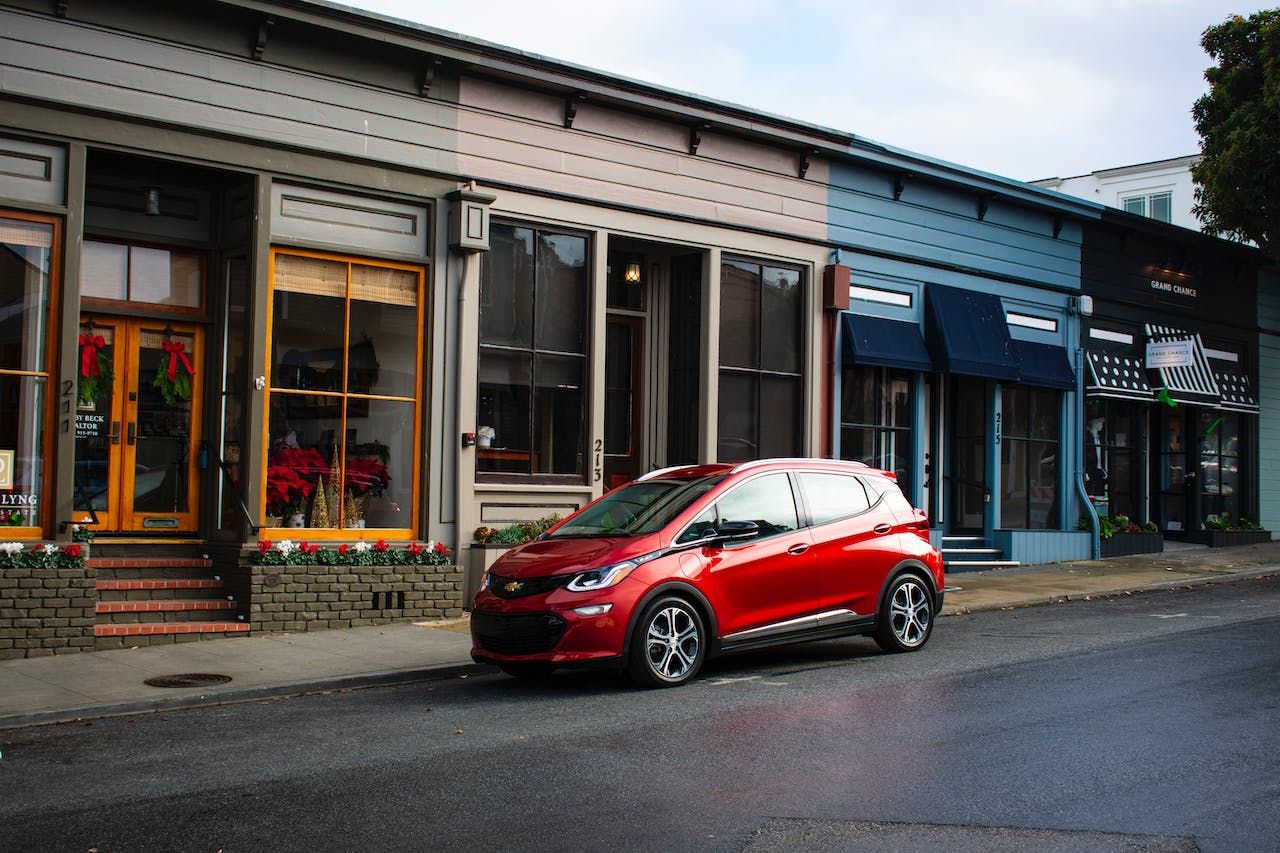
In the fast-paced world of automotive innovation, the wheels of change are turning, and they're electric. Electric Vehicles (EVs) and Electric Utility Vehicles (EUVs) are not just the future; they're the driving force shaping a new era of sustainable, efficient, and technologically advanced transportation.
Beyond Zero Emissions: Environmental Impact of EVs and EUVs
One of the most significant advantages of EVs and EUVs is their potential to revolutionize the automotive industry's environmental impact. With zero tailpipe emissions, these vehicles contribute to reducing air pollution and greenhouse gas emissions. As the global focus on sustainability intensifies, the shift toward electric mobility becomes a crucial component in the fight against climate change.
Advancements in Battery Technology: Paving the Way for Greater Range
The heart of any electric vehicle lies in its battery, and the race to enhance battery technology is driving remarkable breakthroughs. Innovations such as solid-state batteries promise increased energy density, faster charging times, and longer driving ranges. As a result, the perceived limitations of range anxiety are gradually becoming a thing of the past, making EVs and EUVs more accessible to a broader range of consumers.
Diverse Market Offerings: From Compact Cars to Electric SUVs
The future of electric mobility is inclusive, offering a diverse array of vehicles to cater to various consumer preferences. While compact electric cars remain popular for urban commuting, the market has witnessed the emergence of Electric Utility Vehicles (EUVs) – electric SUVs that combine spacious interiors, performance, and the versatility of traditional SUVs with the environmental benefits of electric powertrains.
Autonomous Driving Integration: A Glimpse Into Tomorrow's Transportation
The convergence of electric and autonomous vehicle technologies is redefining the concept of transportation. Self-driving EVs and EUVs are becoming a focal point of research and development, promising a future where commuting is not just emissions-free but also hands-free. From advanced driver-assistance systems to fully autonomous vehicles, the synergy between electric propulsion and autonomous driving is creating a paradigm shift in the way we perceive transportation.
Charging Infrastructure Expansion: The Key to Mass Adoption
The success of EVs and EUVs relies heavily on the expansion and accessibility of charging infrastructure. Governments, corporations, and automotive manufacturers are investing in the development of charging networks to alleviate concerns about range and charging availability. Fast-charging stations and home charging solutions are becoming more prevalent, ensuring that the transition to electric mobility is as convenient as possible.
Integrating Renewable Energy Sources: A Holistic Approach
To maximize the environmental benefits of EVs and EUVs, a holistic approach involves integrating renewable energy sources into the charging infrastructure. Solar-powered charging stations and smart grids are being explored to minimize the carbon footprint associated with electric vehicle charging. This sustainable integration aligns with the broader goal of creating a cleaner and more eco-friendly transportation ecosystem.
Collaboration for Innovation: Partnerships Driving Progress
The evolution of electric and electric utility vehicles is marked by collaborative efforts among automotive manufacturers, technology companies, and energy providers. Partnerships and alliances are fostering innovation, enabling the exchange of expertise and resources to address the complex challenges of electric mobility. As a result, the industry is experiencing accelerated advancements in technology and infrastructure.
Government Incentives and Regulations: Catalysts for Change
Government support and regulations play a pivotal role in shaping the future of electric and electric utility vehicles. Incentives such as tax credits, rebates, and regulatory frameworks encouraging zero-emission vehicles are driving market adoption. These measures not only stimulate consumer interest but also incentivize manufacturers to invest in sustainable technologies.
Economic Benefits: Job Creation and Industry Growth
The transition to electric mobility is not just an environmental imperative but also an economic opportunity. The growth of the EV and EUV sector has a ripple effect, creating jobs in manufacturing, research and development, and infrastructure deployment. Governments and industries worldwide are recognizing the potential for economic growth and job creation associated with the electric vehicle revolution.
Consumer Education: Nurturing Awareness and Adoption
As the automotive landscape undergoes a transformative shift, consumer education becomes paramount. Promoting awareness about the benefits of electric and electric utility vehicles, dispelling myths about range and charging, and highlighting the long-term cost savings contribute to fostering a positive perception of EVs and EUVs among potential buyers.
The future of electric and electric utility vehicles is a dynamic landscape marked by innovation, collaboration, and a commitment to sustainable transportation. As technology continues to advance, and the global community rallies behind the imperative for environmental stewardship, EVs and EUVs are positioned not just as a mode of transportation but as catalysts for a greener, smarter, and more connected future. Buckle up – the ride into the future is electric.